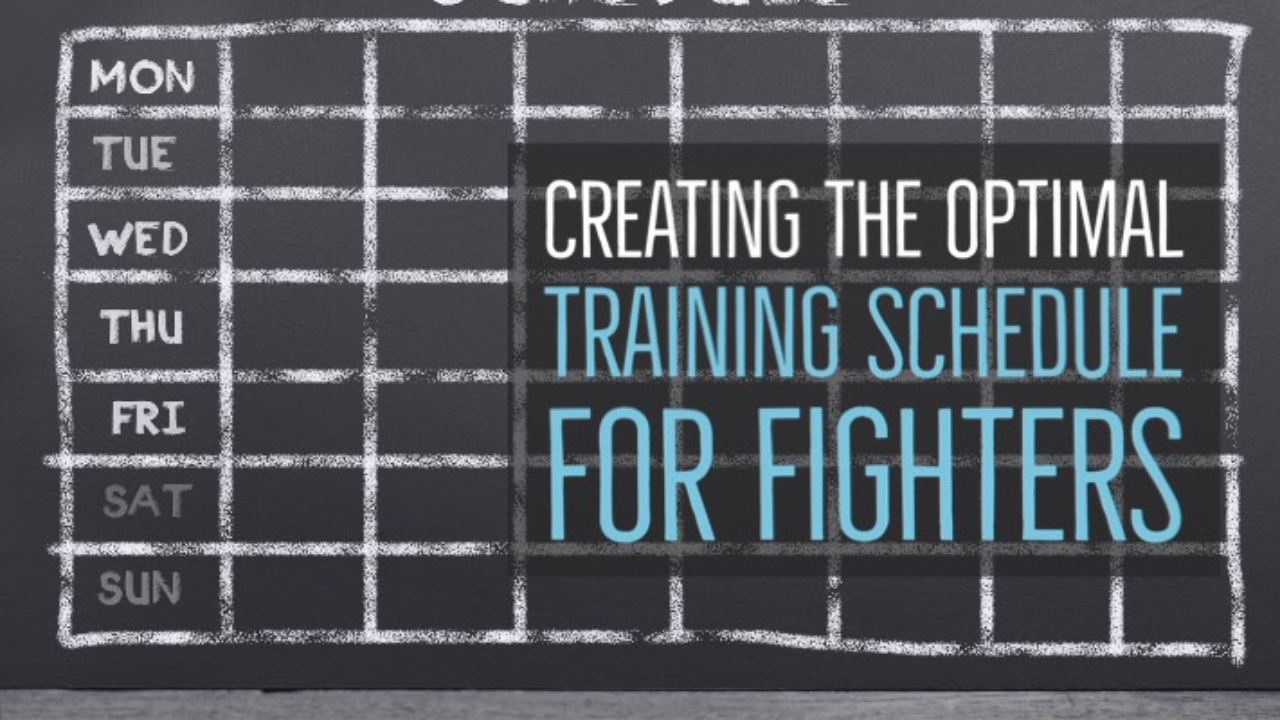
Creating an Optimal Training Schedule for MMA Fighters
Creating an Effective Training Schedule for MMA Fighters: Balancing Work, Life, and Physical Demands
Mixed martial arts (MMA) is a physically demanding sport that requires a combination of strength, endurance, speed, and technique. To become a successful fighter, an athlete must undergo intense physical training and maintain a careful balance between their training schedule, recovery, work, and personal life. Here, we provide a guide to creating an effective training schedule that optimizes the physical and mental well-being of MMA fighters.
Factors to consider in creating a training schedule
-
Training volume and intensity: The volume and intensity of training should be closely monitored and adjusted based on the fighter's current fitness level, goals, and recovery time. Overloading the body with too much work can lead to injury, while underloading it can reduce the athlete's progress.
-
Rest and recovery: Adequate rest and recovery time is critical for reducing the risk of injury and promoting optimal performance. Fighters should aim for at least one day of rest per week and prioritize adequate sleep, hydration, nutrition, and active recovery methods such as stretching and foam rolling.
-
Skill-specific training: MMA fighters must develop a variety of skills, including striking, grappling, and wrestling. Skill-specific training should be included in the schedule and can be done in the form of drills, sparring, and live competition.
-
Strength training: Strength training is a crucial component of MMA training and should be included in the schedule. Fighters should prioritize compound exercises that target multiple muscle groups and utilize free weights, bodyweight exercises, and plyometrics.
-
Work and life responsibilities: Work and personal life responsibilities can also impact a fighter's training schedule. To balance these demands, it is essential to prioritize training and schedule it at a time when the athlete is most focused and has the least amount of distractions.
Example Training Schedule Monday: Skill-specific striking practice (1 hour), strength training (1 hour) Tuesday: Skill-specific grappling practice (1 hour), active recovery (1 hour) Wednesday: Rest day Thursday: Skill-specific wrestling practice (1 hour), strength training (1 hour) Friday: Sparring session (2 hours) Saturday: Skill-specific drill practice (1 hour), active recovery (1 hour) Sunday: Rest day
In conclusion, creating an effective training schedule for MMA fighters requires a careful balance between training volume and intensity, rest and recovery, skill-specific training, strength training, and work and life responsibilities. By taking these factors into consideration and following a structured plan, MMA fighters can optimize their performance, reduce the risk of injury, and achieve their goals.
References:
- Esposito, J., & Collard, D. R. (2020). The Physiology of Mixed Martial Arts. Sports Medicine, 50(4), 523-540.
- Mielke, M., & Berry, J. (2016). Resistance training in combat sports: a review. Sports Medicine, 46(11), 1595-1608.
- Raastad, T., & Bahr, R. (2017). Training and recovery in elite athletes: effects on immune system and risk of infection. Exercise Immunology Review, 23, 24-41.





